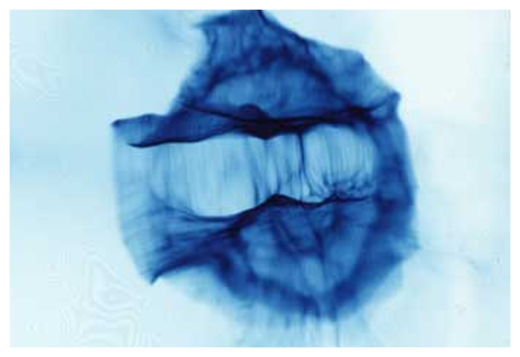
"We've created a model for exploring how electromagnetic fields help organize ionized gas or plasma in astrophysical settings, such as in the plasma flows that emerge from young stars," said lead author Nathan Kugland, a postdoctoral researcher in the High Energy Density Science Group at LLNL.
He said these fields helped to shape the flows, and could play a supporting role alongside gravity in the formation of solar systems. This means it could have also eventually lead to the creation of planets like Earth.
Hye-Sook Park, team leader and staff physicist at LLNL, said the observations were completely unexpected, because plasmas move so quickly they should freely stream past each other.
The laser-driven plasma experiments can study the microphysics of plasma interaction and structure formation under controlled conditions, according to Park.
Using laboratory instruments to study astrophysics can help answer questions about astrophysical objects that are beyond the reach of measurements.
Astrophysical Collisionless Shock Experiments with Lasers (ACSEL) are helping to carry out the research alongside LLNL, with help also coming from Princeton University, Osaka University and Oxford University.
The LDRD program and the International Collaboration for High Energy Density Science (ICHEDS) helped provide additional support for the project.
The research leading to the results received funding from the European Research Council under the European Community's Seventh Framework Program.
The latest findings from scientists at Lawrence Livermore National Laboratory (LLNL) are published in the journal Nature Physics on September 30.



...you already are dealing with a system that has a lot of order in it.
Where did THAT order come from?
They will never get around prime cause. I wish they'd get off their high horses and start working with life as it actually is.